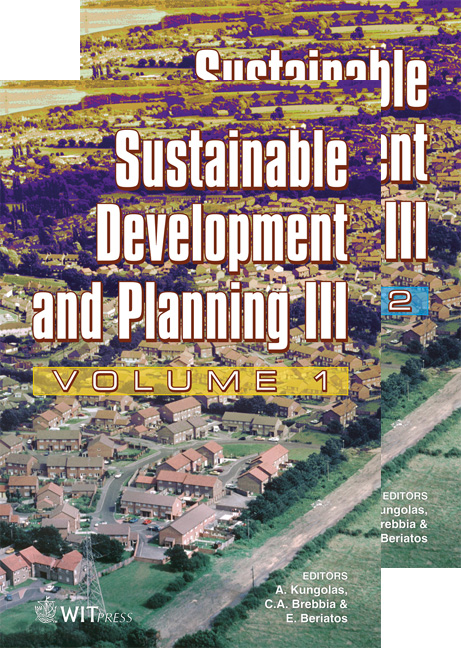Well Made Places: Resident Satisfaction In New Urban Communities
Price
Free (open access)
Transaction
Volume
102
Pages
11
Published
2007
Size
564 kb
Paper DOI
10.2495/SDP070051
Copyright
WIT Press
Author(s)
G. Sands & L. A. Reese
Abstract
The principles of New Urbanism advocate a form of urban development that incorporates higher densities, mixed uses and a pedestrian (rather than an automobile) oriented public realm. This paradigm is quite distinct from the typical suburban pattern of development that prevails in most of North America. Residents in two New Urban communities were surveyed on their relative levels of satisfaction with those characteristics of their neighbourhoods that set these places apart from the surrounding areas. This research suggests that there is considerable support for most elements of New Urbanism; satisfaction levels were not, however, significantly higher among residents of the development that was more consistent with New Urban principles. Keywords: New Urbanism, residential density, housing preferences, suburban development. 1 Introduction Since the middle of the last century, the predominant form of urban development in North America has been suburban, characterized by low densities, large-scale homogeneous development and automobile dependency. Despite criticisms from a range of perspectives, [1–3], this model of development remains the preferred form, shaping suburban communities in both Canada and the United States. While some new development models, such as Master Planned Communities [4] and Planned Unit Developments [5], have been offered as alternatives, they have had limited application and the results have often differed little from the prevailing suburban development paradigm.
Keywords
New Urbanism, residential density, housing preferences, suburban development.





